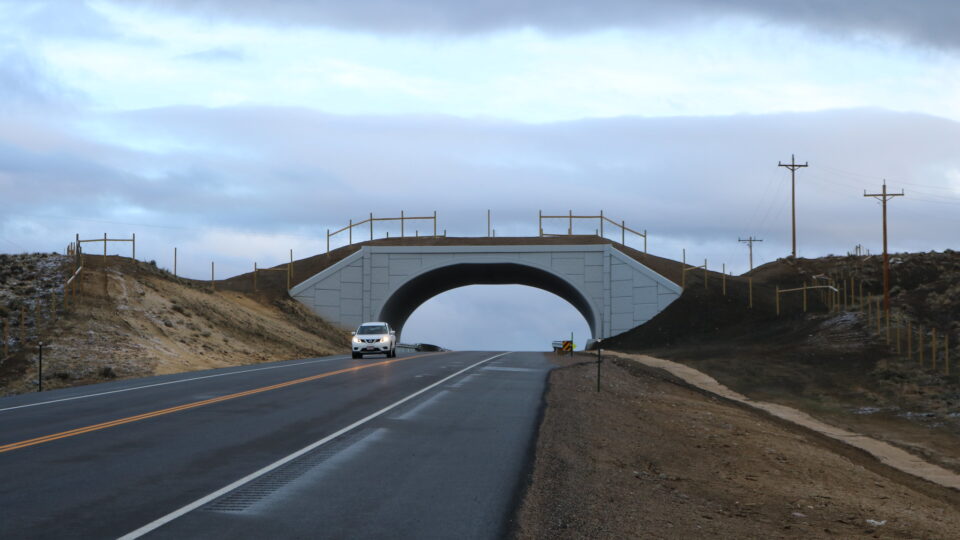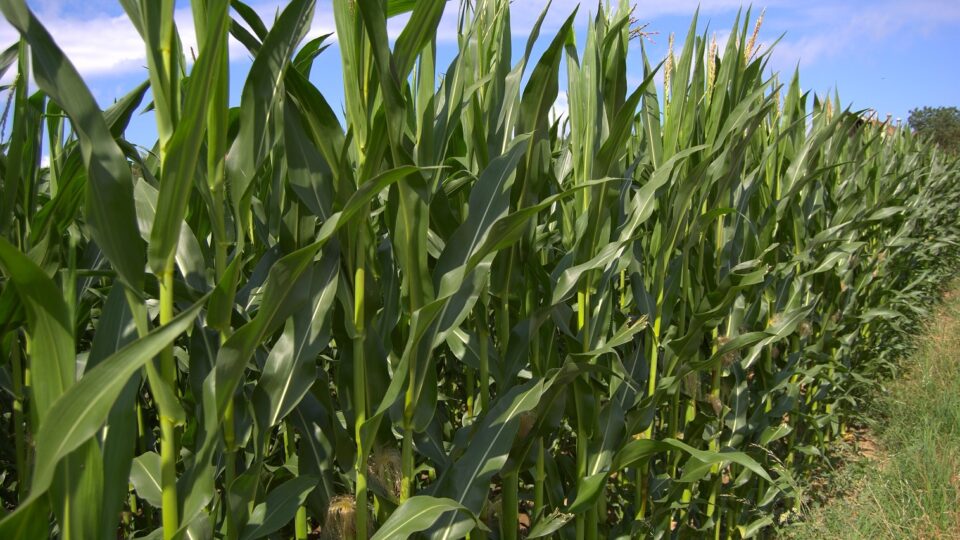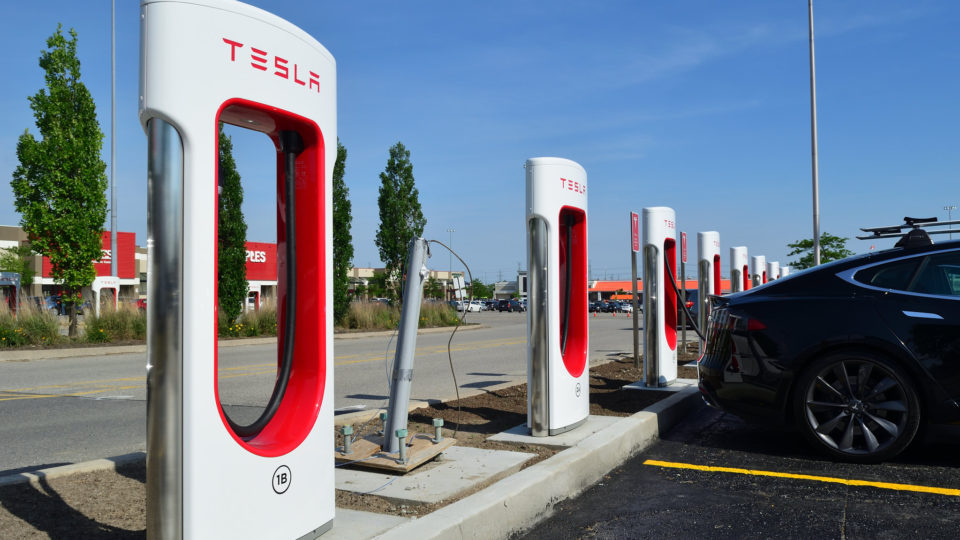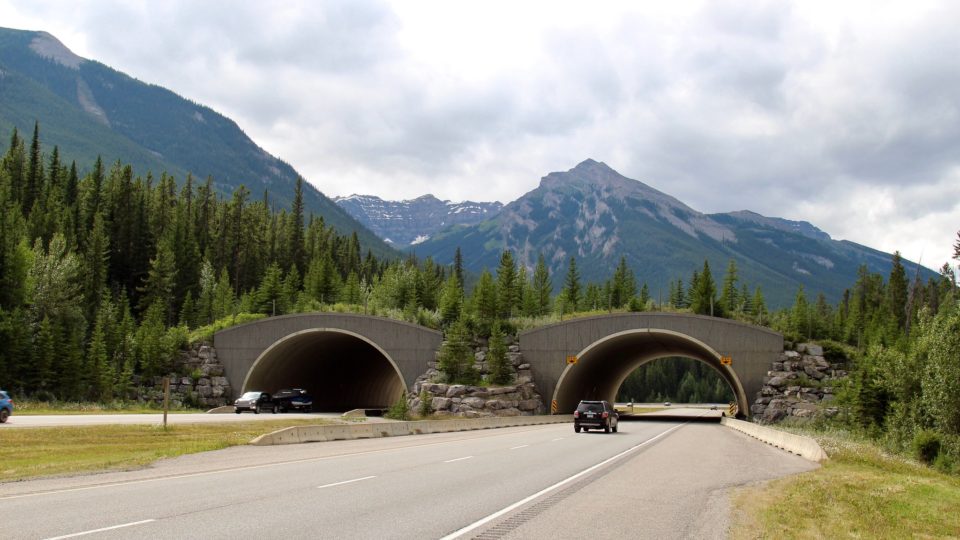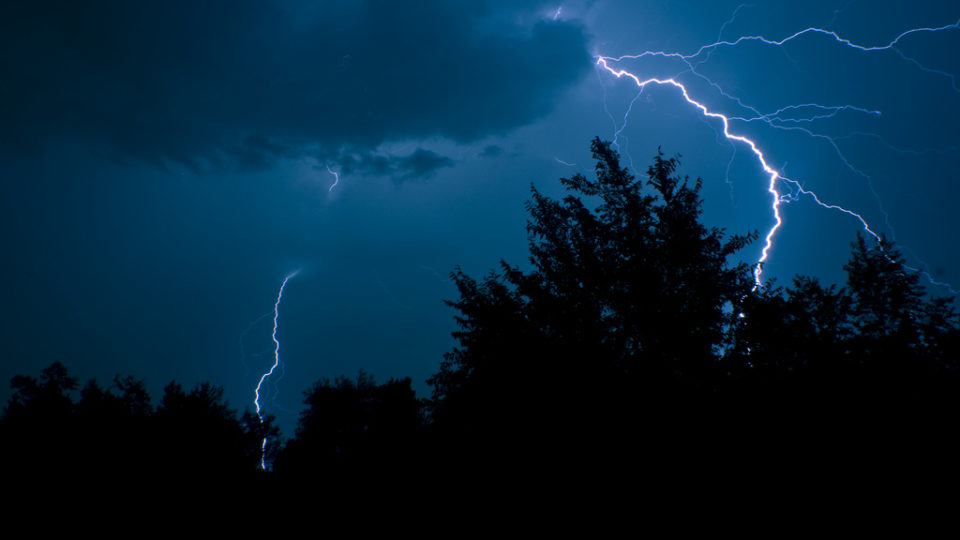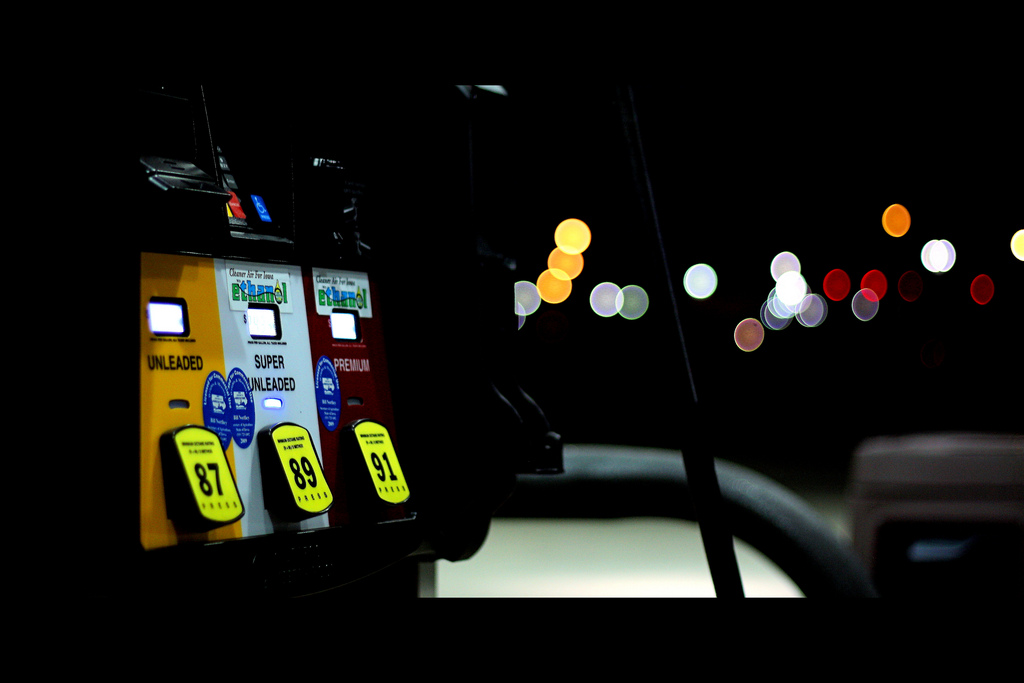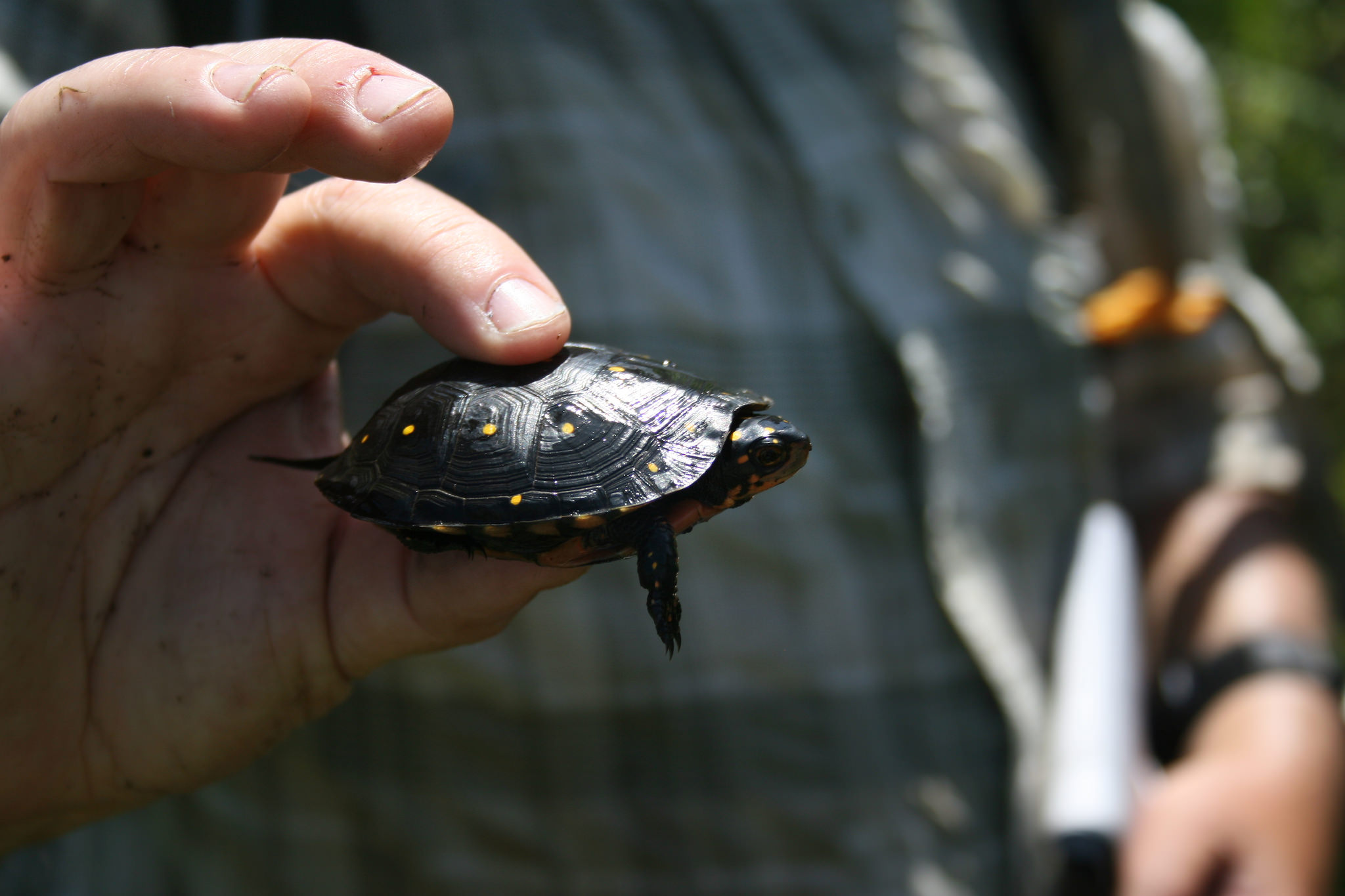A study by University of Michigan researchers found that about 90% of U.S. households would save money on fuel costs by owning an electric car rather than a gas-powered car. So apart from the environmental benefits of electric cars, there are real economic benefits as well.
Both the price of gasoline and the price of electricity vary considerably across the country, so there are differences by location. The study found that 71% of U.S. drivers would see their fuel expenses cut at least in half by driving an electric car.
Drivers in California, Washington, and New York would see the largest fuel savings as well as the biggest emissions reductions from a new electric car. Those states have cleaner electric grids and a bigger gap between the cost of electricity and the cost of gas.
The study, published in the journal Environmental Research Letters, only looked at fuel costs and did not take into account the purchase cost of new cars. Generally speaking, plug-in cars have higher sticker prices than gas-powered cars but multiple studies have shown that over their lifetimes, electric vehicles end up being cheaper to own than comparable gas-powered vehicles because of lower maintenance costs on top of the fuel savings. The price gap between equivalent gas and electric cars continues to narrow in any case as the cost of batteries continues to decline. On top of that, the recent expansion of federal tax credits on electric cars is making the vehicles cost-competitive right at the point of purchase.
Gasoline prices have come down considerably from their peak a year ago, but for almost everyone, it is still much cheaper to drive on electricity.
**********
Web Links
Seven in 10 U.S. Drivers Could Halve Their Fuel Costs by Going Electric, Study Finds
Photo, posted April 23, 2022, courtesy of Pedrik via Flickr.
Earth Wise is a production of WAMC Northeast Public Radio

